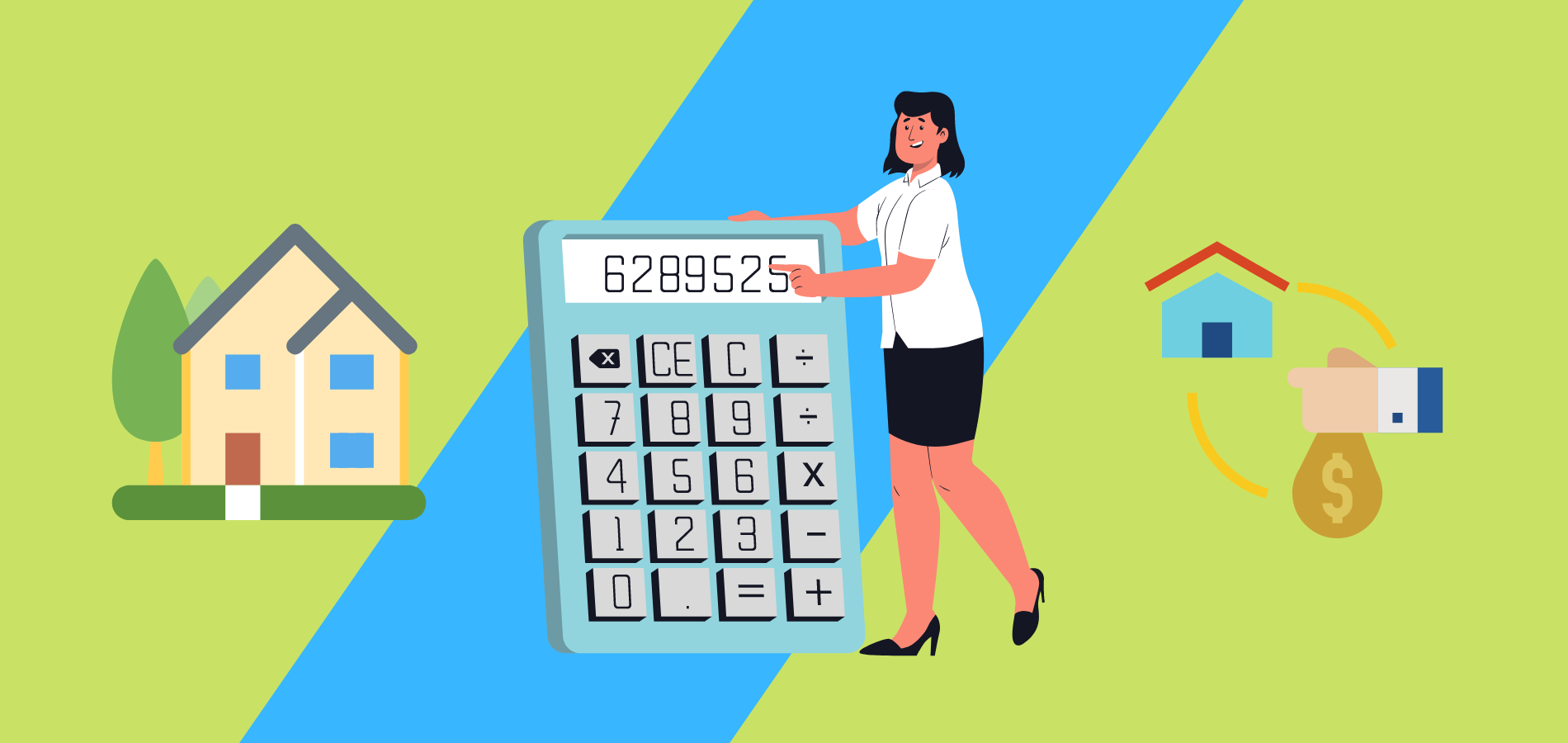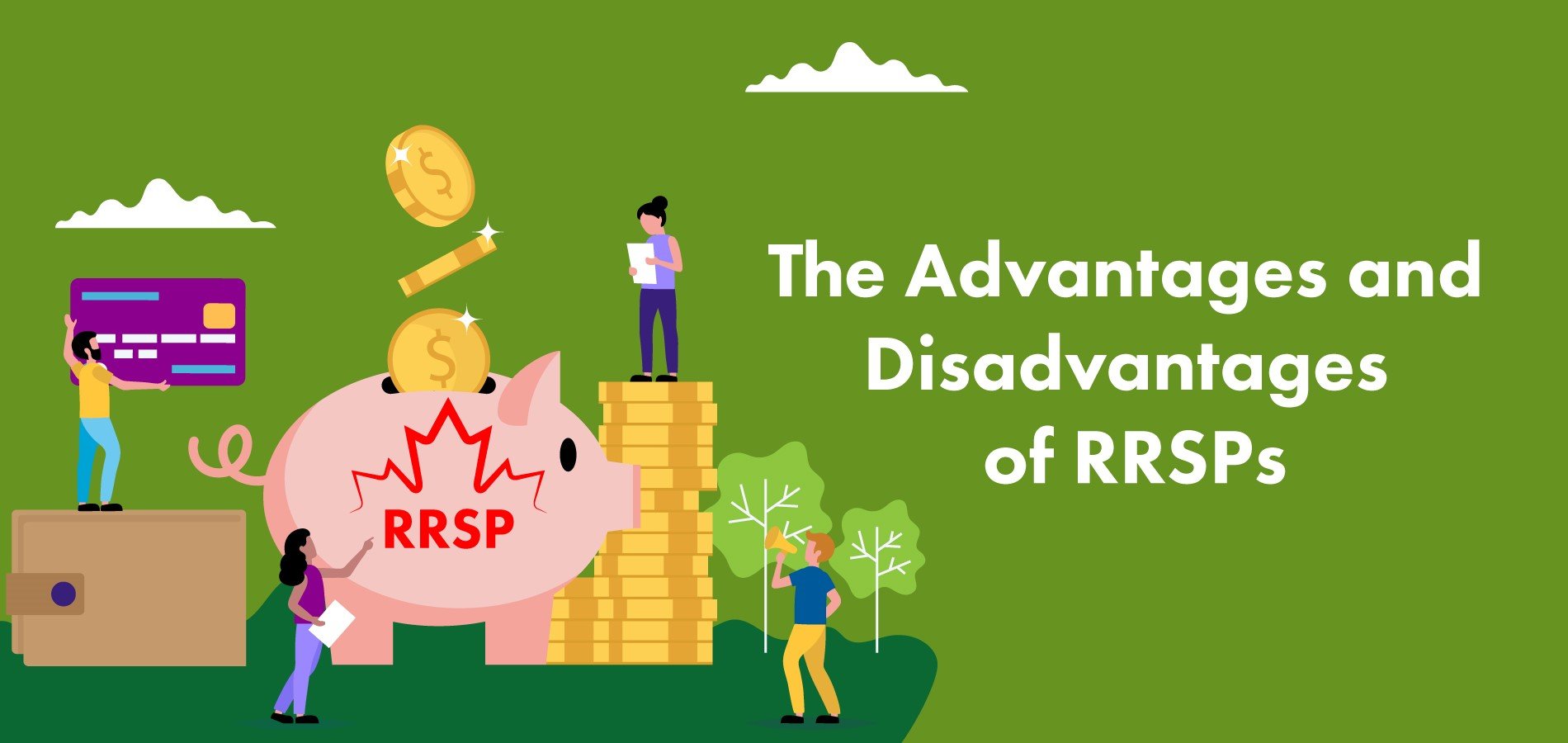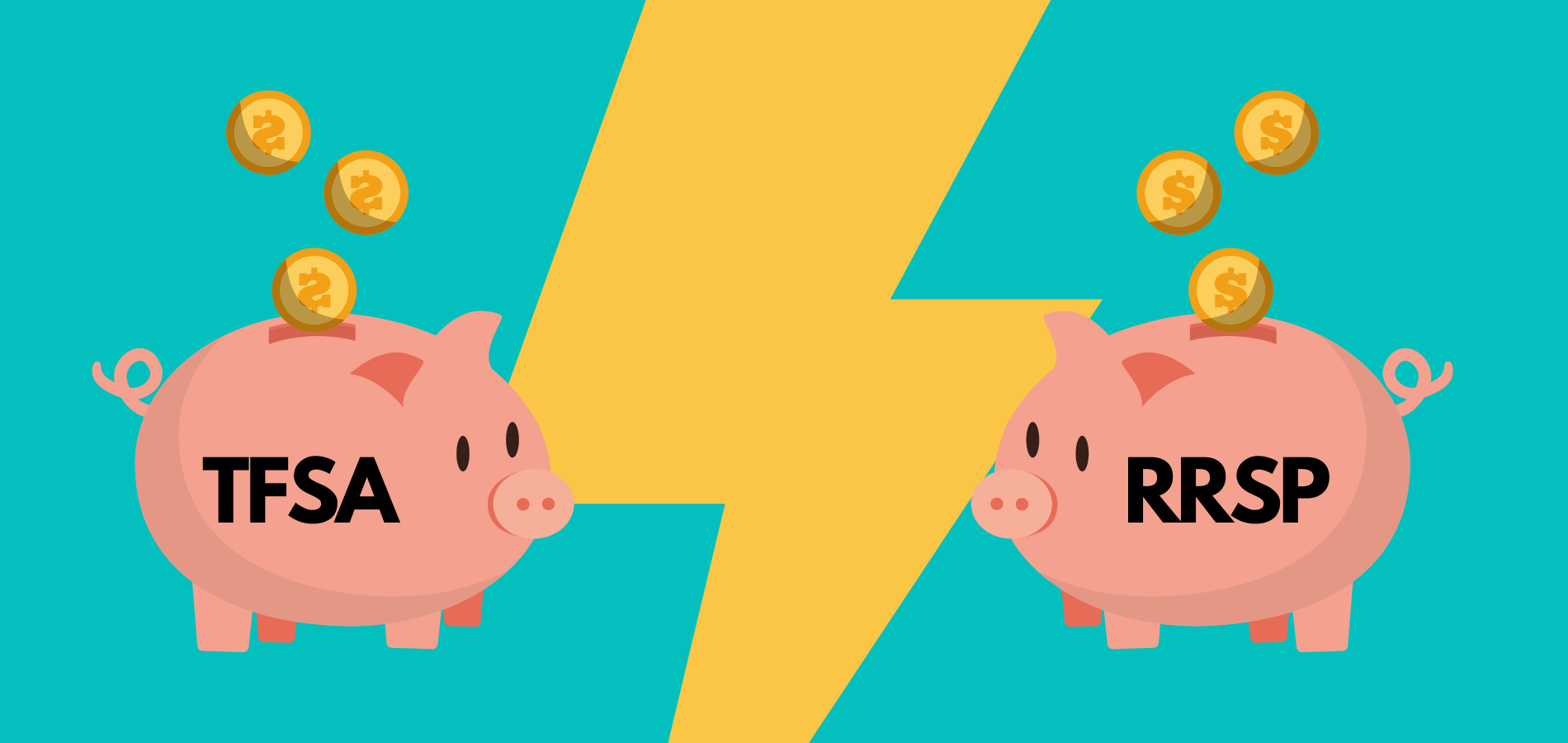Bridge financing for a mortgage is often necessary but there may be alternatives.
What is bridge financing and how can it help you?
Bridge financing in Canada is used to help buyers close the purchase on a new home even though they have not received the funds for the sale of their existing home. It is essentially a short-term loan that serves as a “bridge” between the purchase and sale of the two homes.
How does bridge financing work?
Bridge financing is borrowing money for a short period to bridge the gap between the sale of two homes. It could be for as little as a single day or last for several months.
What’s the cost of a bridge loan in Canada?
Generally, you can expect that the interest rate will be higher than for a mortgage. Most Canadian banks will offer bridge financing at prime plus 2 or 3 percent. They often charge an administrative fee of $200 to $500. This is levied because it can require a lot of paperwork to structure the loan and the bank may not receive much interest income because it is short term.
You will need to provide the bank with a copy of your sale agreement on your existing house, the purchase agreement on your new house, and a mortgage statement showing how much you still owe on your current house.
All the major Canadian banks offer bridge financing for a mortgage. However, they may only provide it to existing customers who have a mortgage with them and will be mortgaging their new home with the bank.
Examples of Bridge Financing in Canada
Example 1
Sunil is selling his existing home and purchasing a larger one for his growing family. The new home costs $700,000 and the closing date is in two weeks. He has sold his existing home for $500,000 but the buyer insists on a closing date three months down the road.
Sunil has arranged a mortgage of $200,000 on the new home. However, he is short $500,000 until he receives a cheque from the buyer of his old home, which is mortgage-free. Therefore, he needs to arrange for bridge financing for three months.
He talks to his bank and they arrange for bridge financing of $500,000, to be repaid when the sale of his existing home closes.
Example 2 (More complex)
William and his spouse are purchasing a new home for $600,000 and the deal closes next week. He has been approved for a $300,000 mortgage. However, he is still trying to sell his existing home for $500,000 – so far with no success. He still owes $200,000 on his existing house.
In this case, he will need bridge financing for an unknown time period. This could mean:
- He will be making mortgage payments (as well as property tax and utilities) on his new house.
- He will have to pay the mortgage and upkeep on his existing house until it sells.
- He will need to take out a bridge financing loan of $300,000 to purchase his new house.
Will the banks approve bridge financing in this case? It depends. They will want to know whether William and his partner have enough employment income to pay the mortgage on two homes. In addition, they may ask for more information about his existing home and why it’s not selling. Perhaps it’s outdated or is located in an undesirable neighbourhood. The bank will consider his credit rating and the risk that he may default on the bridge loan.
How much can you borrow on a bridge loan in Canada?
Normally, you can borrow up to the equity value of your home. For example, let’s say you are selling your existing home for $500,000 and still have a mortgage of $300,000. That means you have equity of $200,000 and can borrow that amount.
It’s quite common for a bridge loan in Canada to be as long as 120 days.
What if you need a bridging loan that is greater than the equity in your home? The banks will likely not agree to this loan, so you may have to turn to a private lender. If this is the case, you may wish to engage a mortgage broker to help you secure this loan. Mortgage brokers don’t charge a fee – they earn a commission from the lending agency.
What are the pros and cons of a bridge loan in Canada?
Pros:
- In some cases, you just need the money to make the new home purchase. So, you bite the bullet and take out the bridge loan.
- The loan is usually short term. Yes, there is an administrative charge and the interest rates are higher than a mortgage, but your interest costs should be small since you only need the loan for a month or two.
Cons:
- There is risk. If the sale of your existing home falls through (or you haven’t sold it yet), you could be left holding the bag for mortgages on two homes.
- There are costs. Add up the administrative fee and interest. This represents a small but significant cost on your home purchase.
Alternatives to bridge financing in Canada
The best alternative to bridge financing is to not need it at all! Prior to purchasing your new home, try to confirm the sale and closing date of your existing home. Then you can try to match the closing date of your new home. This will not only save you from having to get a bridging loan, it will make your move much easier.
If you can’t match the dates, you can also secure funding through a Homeowner Line of Credit (HELOC). Depending on the lender, you can borrow up to 85 percent of the equity in your home. You can calculate the equity by taking the market value of the home and subtracting any mortgages outstanding.
Alternatively, you can ask a relative if they are willing to loan you money for a short period. Of course, you need to be confident that you can pay them back quickly – or face family relationship troubles.
As discussed, private lenders may be willing to provide you with a bridge loan, even if your bank turns you down. Of course, you can expect to pay a higher interest rate.





